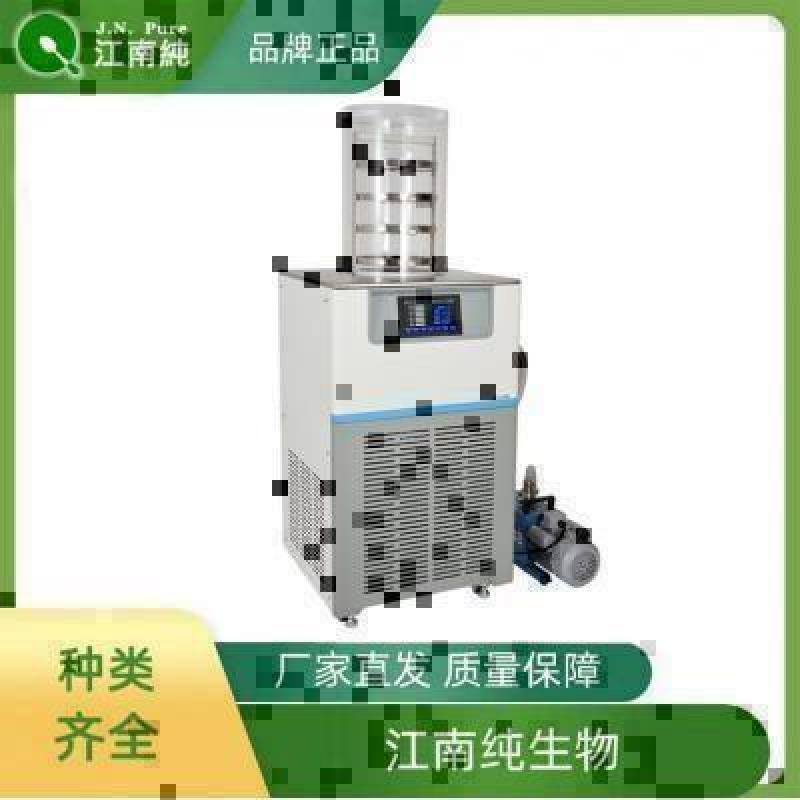Anti-HHAT antibody
| 英文名称 | HHAT |
| 中文名称 | T细胞2识别黑色素瘤抗原抗体 |
| 别 名 | 2810432O22Rik; AC115917.1; AI462858; FLJ10724; FLJ34867; Hedgehog acyltransferase; Hhat; HHAT_HUMAN; MART 2; MART-2; MART2; Melanoma antigen recognized by T cells 2; Melanoma antigen recognized by T-cells 2; MGC11697; OTTMUSP00000033669; Protein cysteine N palmitoyltransferase HHAT; Protein-cysteine N-palmitoyltransferase HHAT; RGD1311746; SKI1; Skinny hedgehog protein 1; Skinny hedgehog protein; Skn. |
DATASHEET
Host:Rabbit
Target Protein:HHAT
IR:Immunogen Range:101-200/493
Clonality:Polyclonal
Isotype:IgG
Entrez Gene:57467
Swiss Prot:Q9HCP6
Source:KLH conjugated synthetic peptide derived from Human HHATL/GUP1:101-200/493
Purification:affinity purified by Protein A
Storage:0.01M TBS(pH7.4) with 1% BSA, 0.03% Proclin300 and 50% Glycerol. Shipped at 4℃. Store at -20 °C for one year. Avoid repeated freeze/thaw cycles.
Background:HHAT is a 493 amino acid multi-pass membrane protein that localizes to the endoplasmic reticulum and belongs to the membrane-bound acyltransferase family. Expressed ubiquitously, HHAT functions to catalyze the N-terminal palmitoylation of SSH (slingshot homolog), an event that is required for SHH signaling pathways. HHAT is expressed in cancer cell lines, suggesting a role for HHAT in tumorigenesis. The gene encoding HHAT maps to human chromosome 1 and is expressed as four alternatively spliced isoforms. Chromosome 1 is the largest human chromosome, spanning about 260 million base pairs and making up 8% of the human genome. Several disorders, including Stickler syndrome, Parkinsons Disease, Gaucher disease, malignant melanoma and Usher syndrome, are caused by defects in genes that localize to chromosome 1.
Size:100ul
Concentration:1mg/ml
Applications:WB(1:500-2000)
ELISA(1:5000-10000)
IHC-P(1:100-500)
IHC-F(1:100-500)
ICC(1:100-500)
IF(1:100-500)
Cross Reactive Species:Human
Mouse
Rat
.
For research use only. Not intended for diagnostic or therapeutic use.


好评度